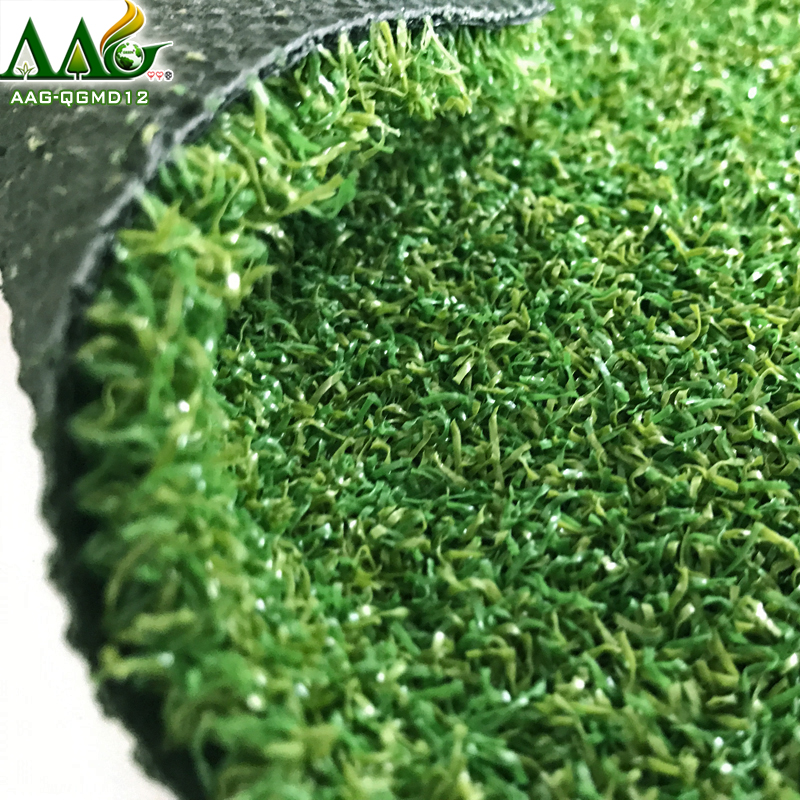Cricket, also known as the ball, has always been called the "gentleman's game", a sport that advocates sports spirit (sportsmanship) and "fairplay". Cricket originated in England and prevailed in Australia, New Zealand, Pakistan, India, Bangladesh and Nepal.
The season of cricket is mainly in spring and summer, and is complementary to football played in autumn and winter.
In the game of cricket, the cricket pitch consists of the central strip of the cricket field between the wickets. It is 22 yards (20.12 m) long and 10 feet (3.05 m) wide. The surface is flat and normally covered with extremely short grass though this grass is soon removed by wear at the ends of the pitch.
In amateur matches in some parts of the world, artificial pitches are sometimes used. These can be a slab of concrete overlaid with a coir mat or artificial turf. sometimes dirt is put over the coir mat to provide an authentic feeling pitch. Artificial pitches are rare in professional cricket, being used only when exhibition matches are played in regions where cricket is not a common sport.
The pitch has specific markings delineating the creases, as specified by the Laws of Cricket.
The word wicket often occurs in reference to the pitch. Although technically incorrect according to the Laws of Cricket (Law 6 covers the pitch and Law 8 the wickets, distinguishing between them), cricket players, followers, and commentators persist in the usage, with context eliminating any possible ambiguity. Track is yet another synonym for pitch.
The rectangular central area of the cricket field – the space used for pitches – is known as the square. Cricket pitches are usually oriented as close to the north-south direction as practical, because the low afternoon sun would be dangerous for a batsman facing due west.

AAG Artificial grass Industry limited provides Cricket grass for professional competition pitch:


Made by durable curled yarn material 100% new, bouncy performance provides you excellent experience on Cricket batting, bowling and fielding!
 News Center
News Center Cotact Us
Cotact Us



